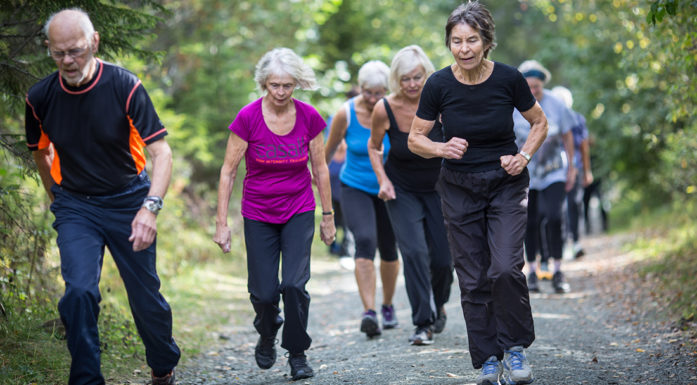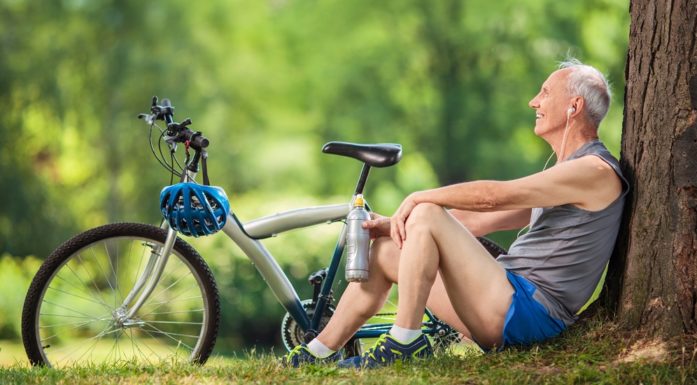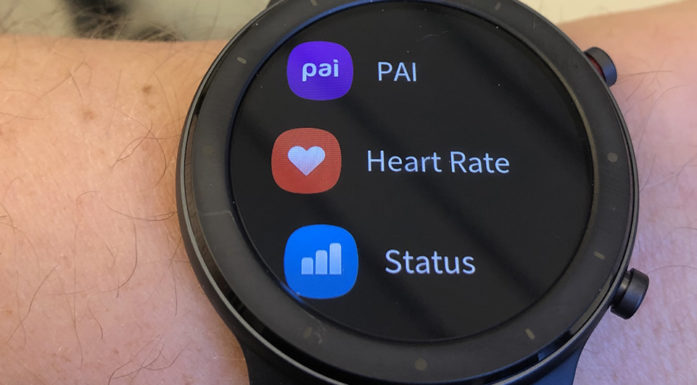Running rats and healing hearts
We all know that exercise is good for us, but how much, how hard, how long? One exercise physiologist’s research journey and the answers he found.
Ulrik Wisløff was convinced that the training techniques he’d used helping Olympic athletes could help heart attack patients too. He’d seen how quickly cross-country skiers improved their cardiac fitness by training at high intensity for short intervals — an approach called high intensity interval training.
When he started as a PhD candidate at the Faculty of Medicine in 1997, Wisløff asked his supervisors if this might be a good research project. At the time, cardiologists knew that it was good for heart attack patients to exercise, to improve their quality of life and possibly reduce the risk of additional heart attacks.
You are crazy. You can’t do it in humans. You have to start in rats.
But the conventional wisdom in 1997 was to prescribe moderate exercise — not high intensity training. Nevertheless, Wisløff thought his idea made perfect sense.
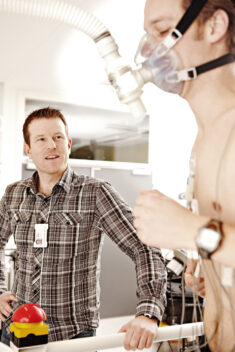
Ulrik Wisløff, left, watches as a runner undergoes VO2max testing as part of his research on the health effects of exercise. Photo Geir Mogen, NTNU
His colleagues? Not so much.
“What happened when I started at the Faculty of Medicine I asked the cardiologists, couldn’t we use the same principles as we do in athletes in heart failure patients? And they said yes, let’s do that. But you are crazy. You can’t do it in humans. You have to start in rats,” he says in the season three premiere of 63 Degrees North, NTNU’s English language podcast.
From rats to humans
As Wisløff explains, “I had never seen a rat. At least not a laboratory rat.”
Soon he was busily building little treadmills, specially outfitted with equipment to allow him to measure the rats’ VO2 max, which is the maximum amount of oxygen your body can use during intense exercise. It’s a standard measure of cardiovascular fitness.
The results were so promising he got approval to conduct trials in humans.
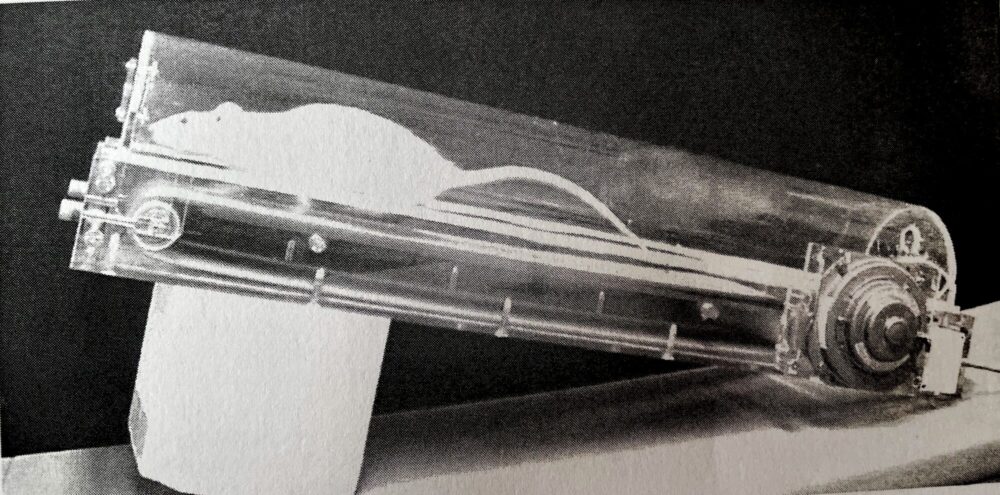
A white laboratory rat does its part for science, running 5 days a week, two hours a day to help a young researcher understand how high intensity training could help heart attack patients. The pay for this effort — one small piece of Crispo chocolate bar. Photo: Ulrik Wisløff.
From heart attack patients to ageing well
Wisløff went on to study high intensity training in patients with heart failure. He recruited 27 patients whose average age was 75. One-third of them did moderate training, one-third did high intensity training, and the last third served as the control group, and was just given the standard advice regarding physical activity.
The results were incontrovertible: High intensity training was best. The paper he published in 2007 has been downloaded more than 105000 times.
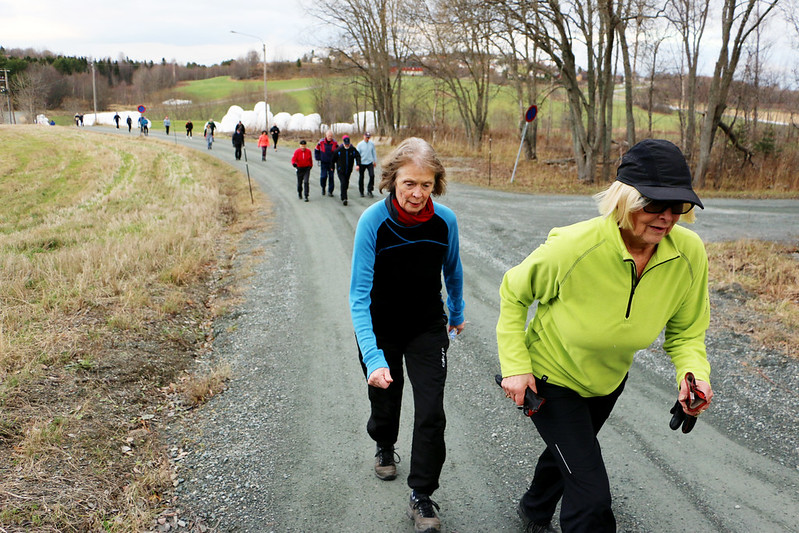
One question Wisløff and his colleagues wanted to answer was how high intensity training might affect ageing. The Generation 100 project provided some encouraging answers. Photo:Andrea Hegdahl Tiltnes / NTNU
That success led Wisløff to explore other areas where high intensity interval training could make a difference — whether it was ageing well, or in his latest efforts, to see how it might help Alzheimer’s patients — but not the way you might think.
You can learn more about Wisløff’s journey in the latest episode of 63 Degrees North, available wherever you get podcasts.
References:
Wisløff U, Helgerud J, Kemi OJ, Ellingsen O. Intensity-controlled treadmill running in rats: VO(2 max) and cardiac hypertrophy. Am J Physiol Heart Circ Physiol. 2001 Mar;280(3):H1301-10.
Wisløff U, Støylen A, Loennechen JP, Bruvold M, Rognmo Ø, Haram PM, Tjønna AE, Helgerud J, Slørdahl SA, Lee SJ, Videm V, Bye A, Smith GL, Najjar SM, Ellingsen Ø, Skjaerpe T. Superior cardiovascular effect of aerobic interval training versus moderate continuous training in heart failure patients: a randomized study. Circulation. 2007 Jun 19;115(24):3086-94. doi: 10.1161/CIRCULATIONAHA.106.675041. Epub 2007 Jun 4.
Øivind Rognmo, Trine Moholdt, Hilde Bakken, Torstein Hole, Per Mølstad, Nils Erling Myhr, Jostein Grimsmo and Ulrik Wisløff. Cardiovascular Risk of High- Versus Moderate-Intensity Aerobic Exercise in Coronary Heart Disease Patients Circulation. 2012;126:1436-1440. doi: 10.1161/CIRCULATIONAHA.112.123117
Stensvold D, Viken H, Steinshamn S L, Dalen H, Støylen A, Loennechen J P et al. Effect of exercise training for five years on all cause mortality in older adults—the Generation 100 study: randomised controlled trial BMJ 2020; 371 :m3485
Tari AR, Nauman J, Zisko N, Skjellegrind HK, Bosnes I, Bergh S, Stensvold D, Selbæk G, Wisløff U. Temporal changes in cardiorespiratory fitness and risk of dementia incidence and mortality: a population-based prospective cohort study. Lancet Public Health. 2019 Nov;4(11):e565-e574.
Tari AR, Berg HH, Videm V, Bråthen G, White LR, Røsbjørgen RN, Scheffler K, Dalen H, Holte E, Haberg AK, Selbaek G, Lydersen S, Duezel E, Bergh S, Logan-Halvorsrud KR, Sando SB, Wisløff U. Safety and efficacy of plasma transfusion from exercise-trained donors in patients with early Alzheimer’s disease: protocol for the ExPlas study. BMJ Open. 2022 Sep 6;12(9):e056964.
